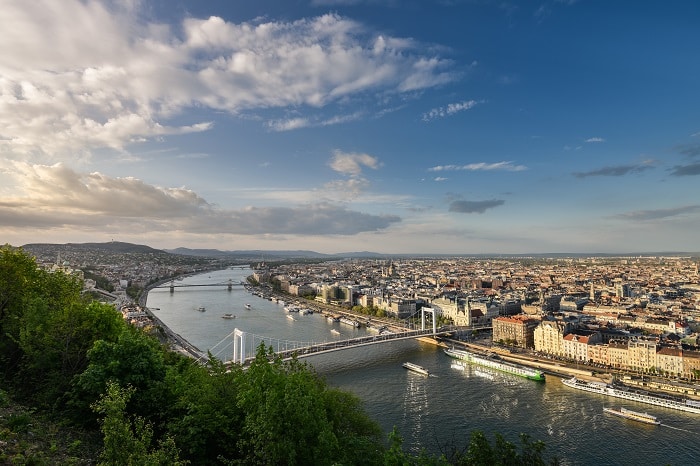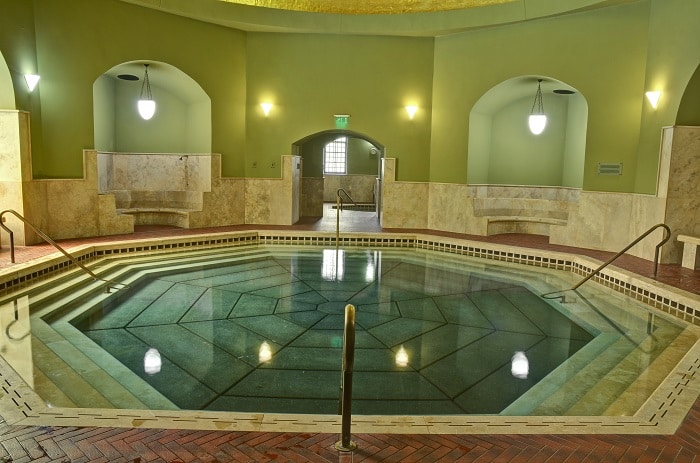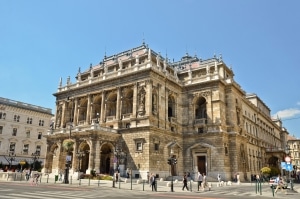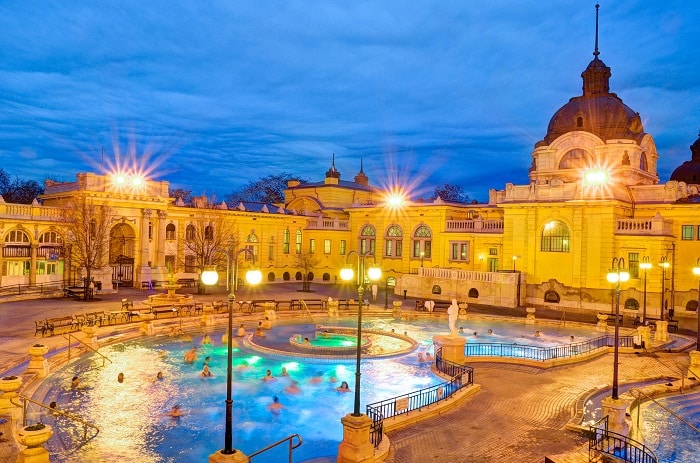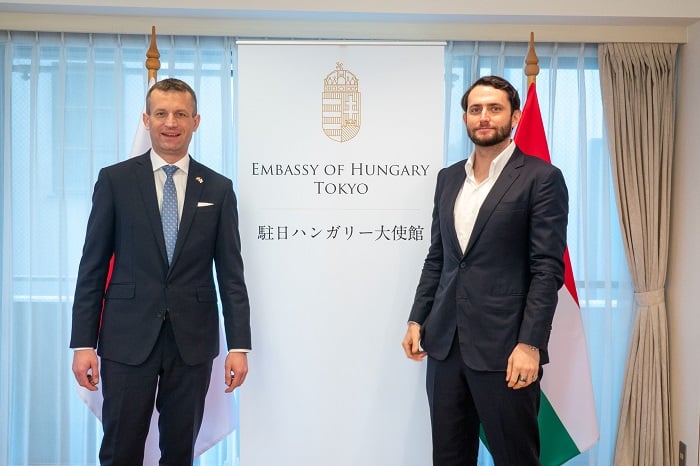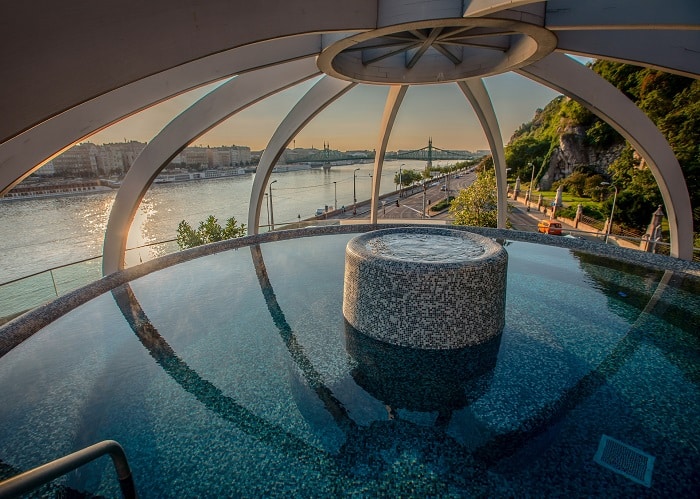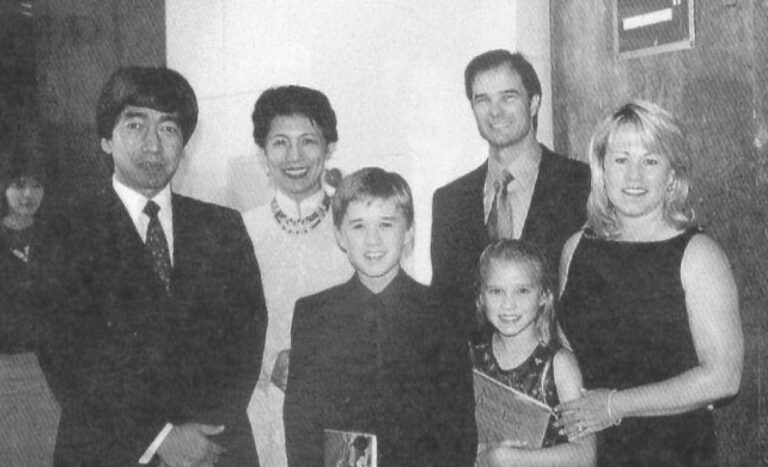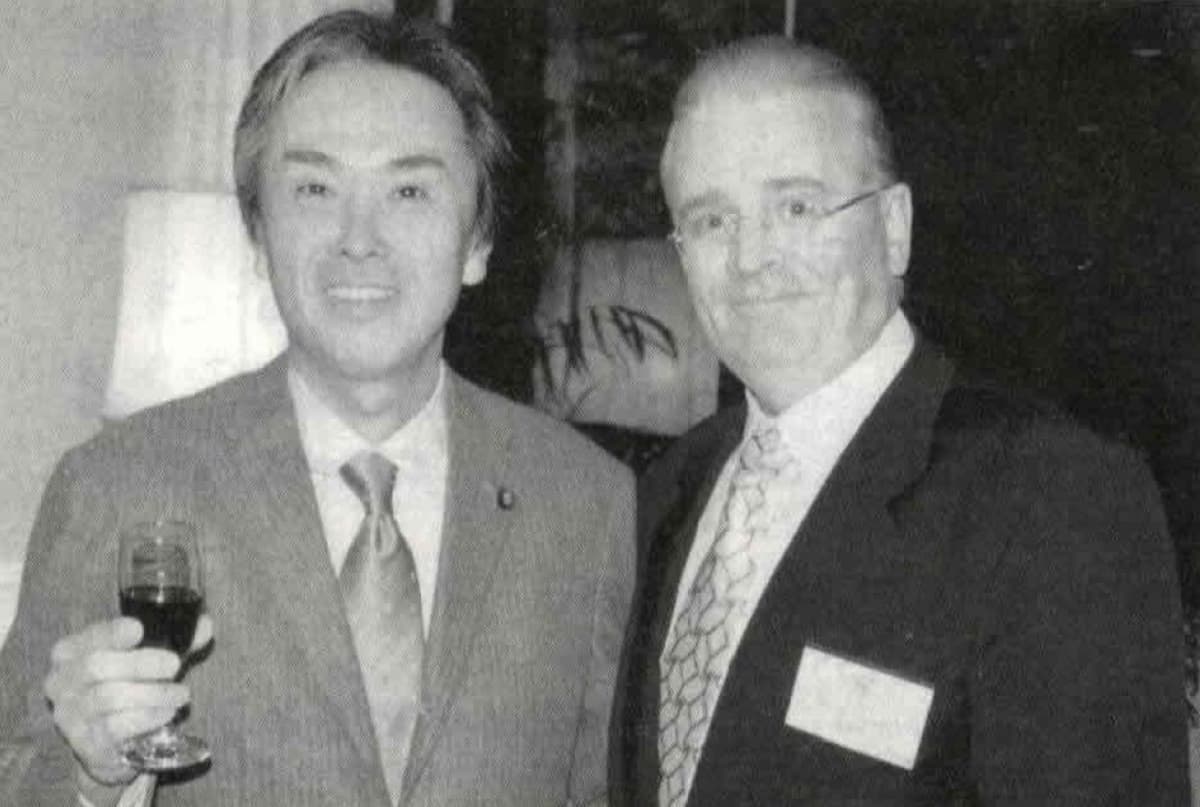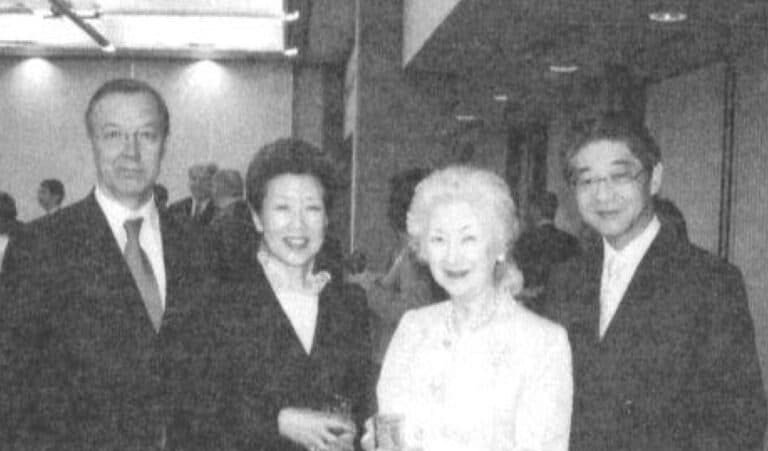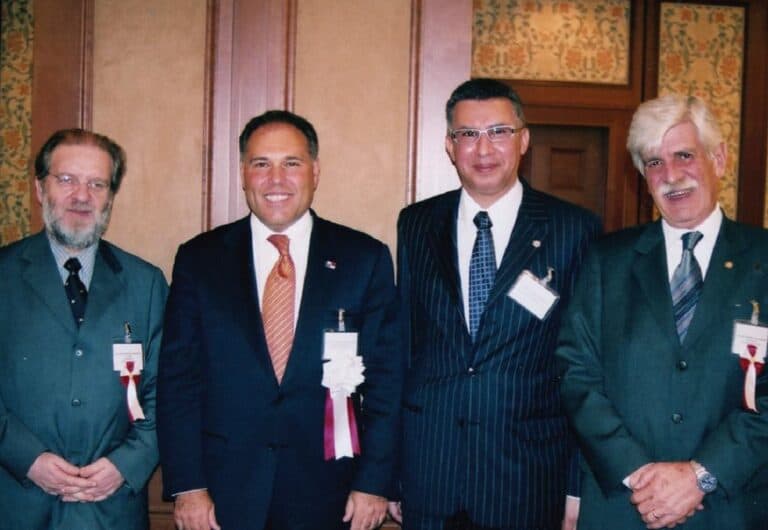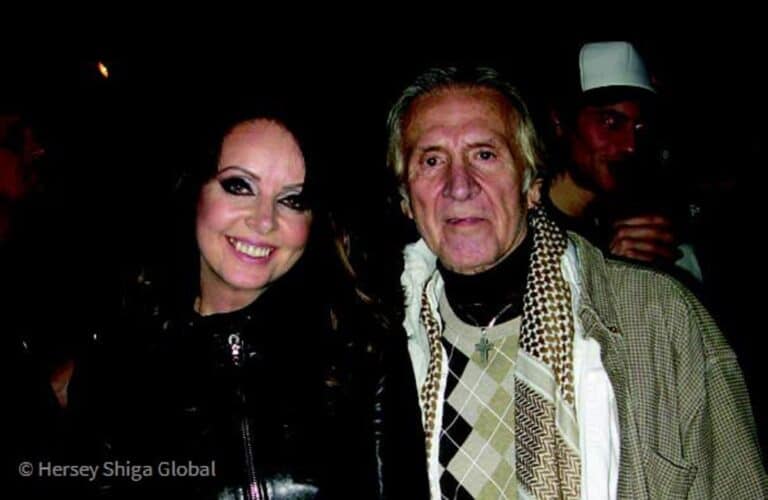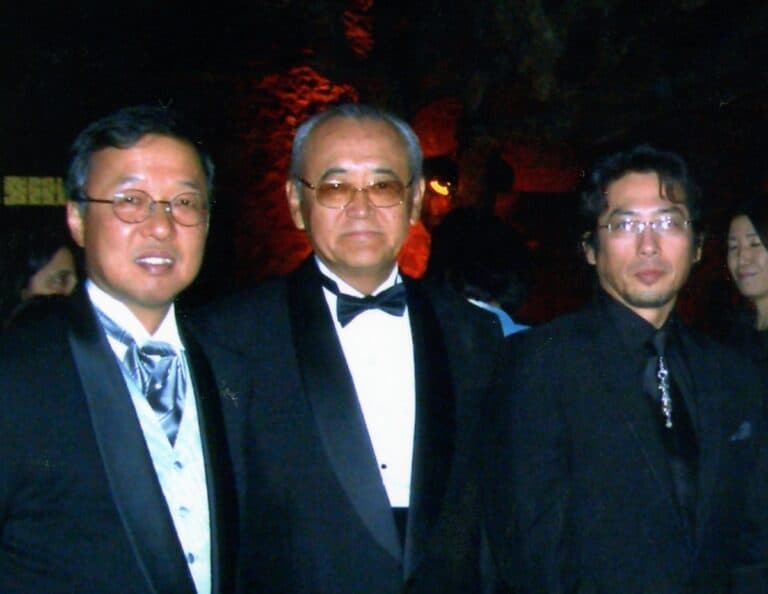Ambassador of Hungary, Norbert Palanovics, Discusses the Cultural and Economic Achievements of His Native Country Hungary’s Affiliation with Japan

In this interview, the Ambassador of Hungary, Dr. Norbert Palanovics, discusses some of the cultural, artistic, scientific and economic achievements of his native Hungary, as well as the country’s hot springs and culinary treasures. He also mentions Hungary’s close affiliation with Japan due to strong cultural and economic interrelations.
Q: Please tell us a bit about your background and how you came to be the Ambassador?
I visited Japan on a scholarship in 2002 as the first exchange student to participate in a new program with Kansai Gaidai University in Osaka. I was curious to familiarize myself with Asia through the lens of Japanese culture – that was my main purpose. I did it without expertise in the fields that are typically associated with Japan, just a strong background, general interest and curiosity.
I visited again in 2004 on a scholarship to Nagoya, and later completed my PhD. Throughout my career I have lived in Osaka, Nagoya and Tokyo and have been fortunate to experience several aspects of Japanese society from various angles, including as an exchange student, as a journalist, working for a company, representing Hungarian industry, and most recently, representing Hungary as an ambassador since 2016.
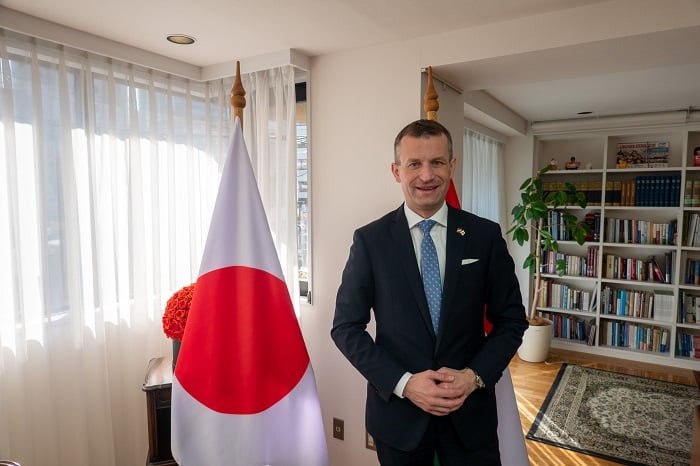
These experiences have opened doors for me and have increased my understanding of lesser-known aspects of Japanese culture and geography. Had I started my journey in Tokyo, I don’t think I would have had the same experiences. Tokyo is such a great city that it’s easy to become too comfortable and to avoid venturing out.
Q: Could you please share with our readers some examples of significant cultural contributions made by Hungarian people, such as Katalin Karikó?
We are a country of less than 10 million people. Globally, there are about 15 million people in total who consider themselves Hungarian.
Despite our relatively small population, Hungarians have made many important cultural and scientific contributions. When you consider scientific achievements, including 13 Nobel Prize winners of Hungarian origin, or our contributions to both classical and contemporary music – we definitely punch above our weight!
I think Hungary is a powerhouse of human capital in many ways. You mentioned dr. Katalin Karikó –a woman/scientist who we are very proud of –, and who has been in the news recently because of her innovations with regard to mRNA vaccines.
Here on my desk we have another innovation that very much represents Hungary – the Rubik’s Cube. I think 99.9% of Japanese people are familiar with the Rubik’s Cube, but few realize that it was invented by the Hungarian architect Ernő Rubik in the 1970s and first commercialized in the 1980s. I strongly believe that the Rubik’s Cube represents Hungary, with it being a small object, but smart and creative.

Hungarian inventors and scientists also invented holography, the ballpen, and have made significant contributions to I.T. and computer technology, such as John von Neumann, who invented the binary system and Charles Simonyi, who created modern word processing software. Other notable Hungarian innovators include Hungarian scientist Albert Szent-Györgyi, who discovered vitamin C, and related to the coronavirus, the Hungarian scientist Ignaz Semmelweis introduced hand-washing in hospitals to promote sanitization and disinfection – we even have a statue of him at the Japanese Red Cross Medical Center in Tokyo’s Hiroo area.
Q: From an economic perspective, which industries are thriving in Hungary? How are the country’s business and trade relations with Japan?
Our ministry is called the Ministry of Foreign Affairs and Trade. Hungary, as I mentioned, is a small country, more or less the size of Hokkaido (Japan’s second largest island), yet we have a very open economy. We’re very friendly with businesses and provide them with ample opportunities and subsidies. We’re very fortunate to have a dynamic environment in this regard, since our economic transition in the 1990s – in the 21st century we have received many foreign investments.
When it comes to Japan, for example, we have more than 185 Japanese companies present in Hungary, such as the Suzuki Motor Corporation. The Hungarian government has done a lot to promote the new age of mobility, including autonomous driving research and the manufacture of electric car batteries.
We also have a strong agriculture industry, both in terms of exports from Hungary as well as for foreign direct investment. Nissin is also present in Hungary and actually the cup noodles that are sold in Europe and North Africa are made in Hungary using overwhelmingly Hungarian raw materials.
Q: Could you please tell us more about traditional Hungarian handicrafts and art?
We are proud of our handicrafts heritage – the most representative of Hungarian handicrafts is perhaps the Herendporcelain, which began almost 200 years ago. Herend is one of the most well-known and prestigious porcelain brands, in both Japan and around the world. We have many different designs, for example, the Victoria pattern that you have in front of you, with the butterflies and the peculiar green color such as Indian Basket and Apponyi Green that are instantly recognized worldwide for their beauty. Herend is widely used in Buckingham Palace as well. In the Netflix series The Crown, when Her Majesty the Queen drinks tea, she very often drinks from Herend porcelain throughout the episodes.
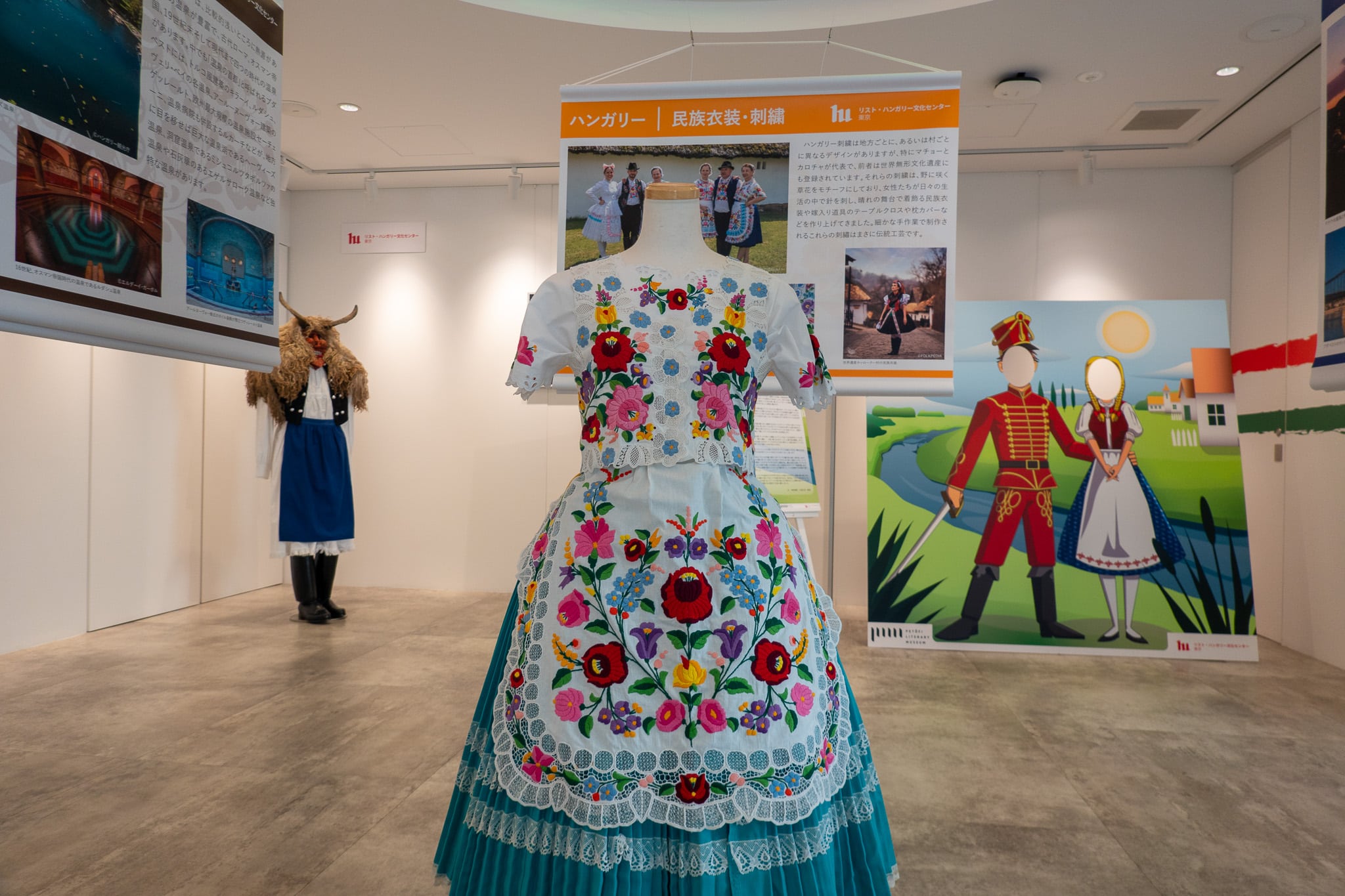
Hungarian embroidery, such as Kalocsa and Matyó is also quite popular in Japan, with many groups in the country practicing Hungarian-style embroidery.
Q: How about the famous hot springs in Hungary?
Despite the difficulties of the Coronavirus period, we have done very well attracting tourists in the past few years and tourism is recovering. We have hundreds of hot spring resorts and spas, and over 1000 natural hot springs across the country. Budapest is widely-recognized as the capital with the most hot springs anywhere in the world. We have buildings dating from the era of the Ottoman Empire to the Art Nouveau period, with many including outdoor baths. In Budapest, I would most recommend Rudas, which overlooks the Danube River.
Q: Can you recommend some famous Hungarian foods and natural products?
We are a landlocked country, yet we produce a wide range of foods and natural products since the Hungarian land is very fertile and suitable for both agriculture and livestock. Japanese guests always love to try our staple food, Goulash soup, which has a similar richness and depth to the Japanese Dashi stock, yet somewhat different. We are also well known as the land of geese and ducks and have a thriving industry using Hungarian white goose down for textiles and linens. We also export a large amount of duck meat to Japan, so when you sit down at a Soba restaurant, there is a good chance you are eating duck raised in Hungary.
We have a special wooly pig known as Mangalica, which we call the edible national treasure – not only is it tasty, but it’s also a very interesting-looking animal. It was saved from extinction in the 1990s. We have many fascinating stories related to our Hungarian gastronomic culture. There are various Hungarian restaurants in Tokyo and around Japan where you can sample our national cuisine.
We thank Ambassador Palanovics for this interview.


